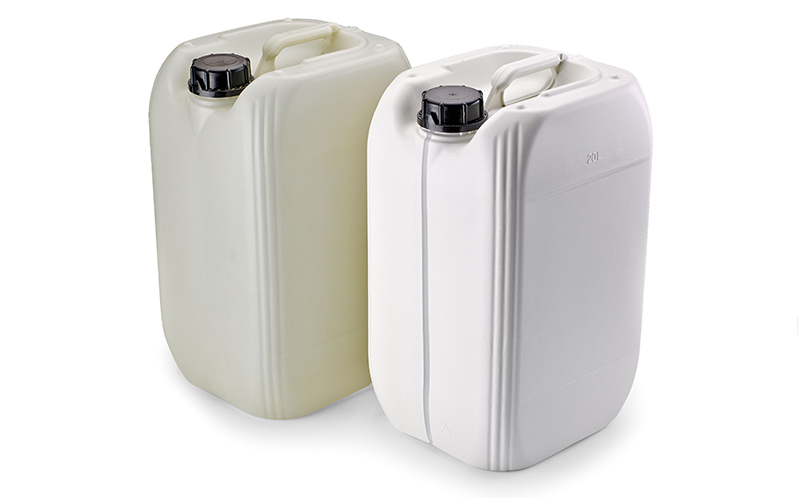BERRY Global has announced that the firm’s technical and manufacturing skills have achieved a ‘significant breakthrough’ in the packaging of hazardous liquids.
The company has launched the first 20 and 25-litre containers containing 35% recycled material, which have UN Approval for the transport of hazardous goods for five of the six model liquids in the UN assessment.
In addition to the existing UN approval for water, the containers also have approval for wetting solution, acetic acid, white spirit, and N-butyl acetate.
Berry said the introduction of these containers into the company’s Optimum range will support businesses in meeting sustainability goals and satisfying consumer demands for more sustainable packaging solutions. It will also help comply with forthcoming legislation covering the required minimum amount of recycled material in a pack.
The inclusion of 35% recycled HDPE (rHDPE) into the Optimum containers provided a technical challenge in order to achieve UN accreditation. Berry explained that typical processing of the material can sometimes produce varying results due to its composition, but UN approval requires processing to be stable and repeatable to ensure the quality and consistent performance of the finished container.
To ensure this, Berry is taking its rHDPE from controlled sources, focusing on post-industrial packaging such as IBCs, drums, and HDPE canisters. This, the firm added, minimises any variations. The containers retain their low weight, reducing the amount of material required in production and maximising ease of handling for the end-user.
“We believe these new containers offer one of the highest contents of recycled material with UN approval currently available on the market,” said Rudolph Pfeiffer, general manager for Berry Global BMS. “We are very pleased to be able to provide our customers with a solution to the packaging of challenging products that supports their sustainability commitments without compromising on quality or performance.”
The new Optimum containers are available with standard DIN61 and ASTM63 neck finishes, suitable for a range of standard and vented closures, and can also be specified in a range of colours. The design with interlocking top and base is said to allow for ‘safe and easy’ stacking.
Typical applications include chemicals, hazardous goods, agriculture and horticulture, automotive care and pool care. Berry revealed additional container sizes are now in development.














